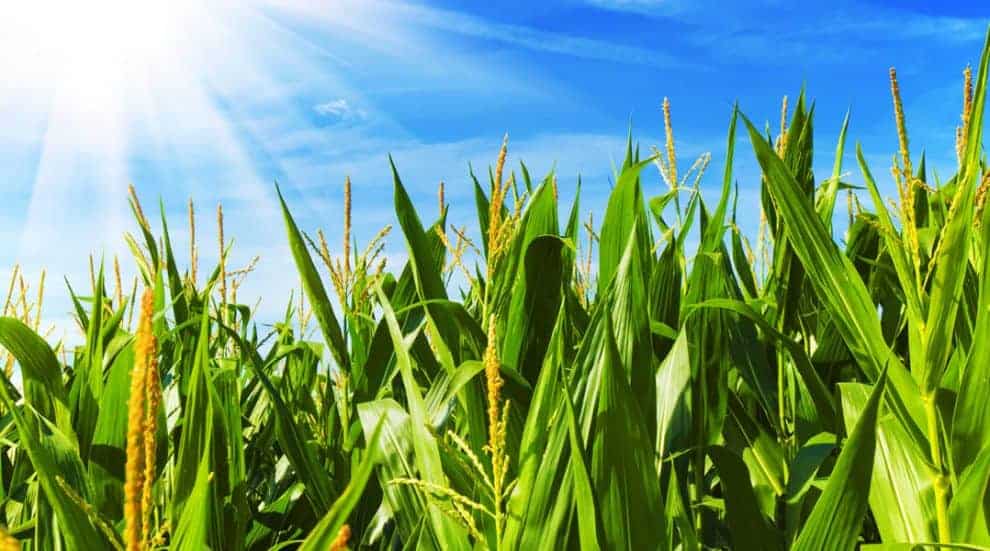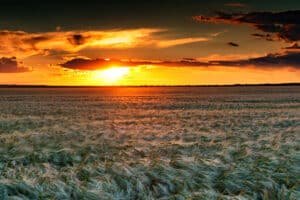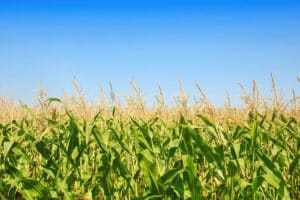I went to work on August 12th with a lengthy “to do” list. I knew it was going to be a busy day and an especially interesting lunch hour. Like most of us involved in farm management and agricultural real estate, I was eager to hear the USDA crop report. In today’s fast-moving world, the report can affect the market strongly and swiftly.
All bets are off with USDA reports; I have been around long enough to know that. That said, I was trending towards the camp that was expecting bullish news. I am not sure where you sit while reading this, but in Central Illinois, I don’t see an enormous crop. I see a crop that struggled with record rainfall in June and in some instances, never even got off the ground. With that in mind, I had gone through every farm management account the previous day and gotten figures and delivery dates all lined up for some additional crop sales. I was ready! I just needed the report to be released. Then the report came out…
The USDA raised the corn yield 2 bushels per acre and beans 1.5 bushels per acre. Immediately, corn was down 20 and beans down 60. In an instant, it sent producers and managers scrambling for answers and looking for “next steps”. It should be said that the USDA doesn’t necessarily do a thorough inspection of the crop, and in their defense that is probably an impossible task to begin with. Regardless, they put large projections (and in some cases historic) on the states in the Western Corn Belt that have supposedly had more favorable weather. Whether ag experts think the USDA projection is off base or not, the fact remains that the market trades off of these numbers, and until there is new data or an unforeseen outside influence, this is what we have to work with.
It is uncertain whether anything can spark substantial movement until farmers hit the fields. Only when grain crosses the scales will we know what crop we have. Until then, estimates are just educated and calculated “guesses.” Some theorized that FSA preventive planting numbers released on August 17th could provide a bounce. Although there were over 2 million acres prevented from being planted in Missouri and Illinois, the 17th came and went without much movement. Extenuating circumstances abroad could move the pre-harvest market, but that is often harder to project than the crop itself. China’s currency devaluation was the buzz during the week of August 10th. Oil hitting a six-year low on Monday, August 17th is the chatter right now. What remains to be seen is whether any of these outside factors can substantially alter commodities in the interim. If we get a hot dry-spell in August, that could swing the pendulum…but that is a big “if”. Perhaps the Pro Farmer crop tour will enlighten traders on what to expect. This annual tour encompasses teams from Pro Farmer scouring the entire Corn Belt with in-depth analysis. The USDA fails to get up close and personal. This crop tour has legitimate boots on the ground with plant population numbers, ear size measurements and ultimately provides yield checks on a multi-state level.
At the end of the day, the report came out and kicked the “Bulls” and optimists in the gut. We very well could be in line for some choppy trading during the next month. Perhaps an outside event or development could form, but I personally wouldn’t bet on it. Treading water until harvest is well-underway is our most likely immediate future. Harvest season is always exciting and often provides a few surprises. Until then, we can wish together that we pulled the trigger on sales the days leading up to August 12th.
This content may not be used or reproduced in any manner whatsoever, in part or in whole, without written permission of LANDTHINK. Use of this content without permission is a violation of federal copyright law. The articles, posts, comments, opinions and information provided by LANDTHINK are for informational and research purposes only and DOES NOT substitute or coincide with the advice of an attorney, accountant, real estate broker or any other licensed real estate professional. LANDTHINK strongly advises visitors and readers to seek their own professional guidance and advice related to buying, investing in or selling real estate.










Add Comment